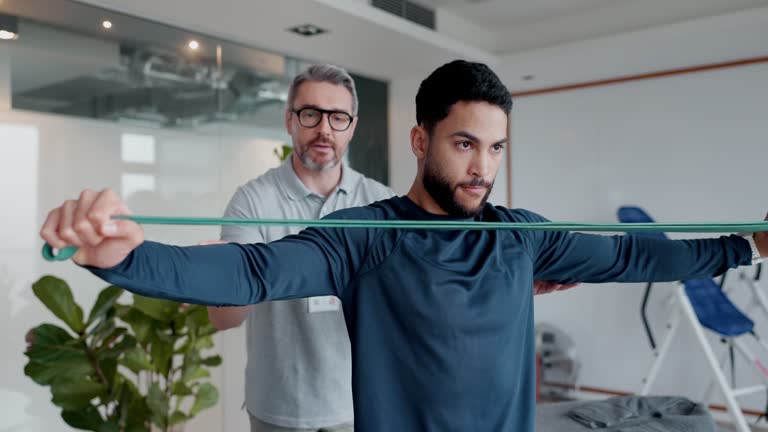Flexibility Transformation: Unlocking Your Body’s Full Range of Motion
The human body is an incredible machine, designed to move in a myriad of ways. However, modern lifestyles often limit our movements to repetitive and restrictive patterns causing our bodies to lose their full range of motion over time. Flexibility transformation is the process of regaining this lost mobility and unlocking your body’s full potential.
Flexibility is not just about being able to touch your toes or do a split; it’s about the freedom and ease with which you can move your body. It plays a crucial role in all daily activities from bending down to tie your shoes, reaching for something on a high shelf, or twisting around to check your blind spot while driving. More than that, flexibility also contributes significantly towards athletic performance and injury prevention.
To unlock your body’s full range of motion through flexibility transformation, one needs consistent practice and patience as it involves lengthening muscles that have been shortened due to sedentary habits or improper training techniques. Stretching exercises are the most common method used for increasing flexibility. These exercises target specific muscle groups and involve holding certain positions for extended periods.
However, it’s essential not only focus on static stretches but also incorporate dynamic stretching into your routine. Dynamic stretching involves moving parts of your body through their full range of motion in controlled, gradual movements which helps increase blood flow to the muscles and enhances overall mobility.
Yoga is another excellent tool for flexibility transformation as it combines both static and dynamic stretching along with strength-building poses. Regular yoga practice can lead to improved balance, coordination, endurance besides increased flexibility.
Another key aspect of enhancing flexibility is understanding the importance of maintaining good posture throughout the day – whether sitting at a desk or performing physical tasks. Poor posture can lead to muscular imbalances where some muscles become overly tight while others are underused leading reduced mobility.
In addition to these practices hydration also plays an important role in maintaining muscle elasticity since dehydrated tissues are more prone injuries during stretching exercises hence drinking plenty of water is advised.
Lastly, it’s important to listen to your body when embarking on a flexibility transformation journey. Pushing too hard or too fast can lead to injuries. Everyone’s body is different and will respond differently to increased stretching and movement so it’s crucial not to compare your progress with others but focus on gradual, consistent improvement.
In conclusion, flexibility transformation is a holistic process that involves regular stretching exercises, maintaining good posture, staying hydrated and listening to your body’s signals. By committing to these practices one can unlock their body’s full range of motion leading not only improved physical performance but also enhanced overall health and well-being.

